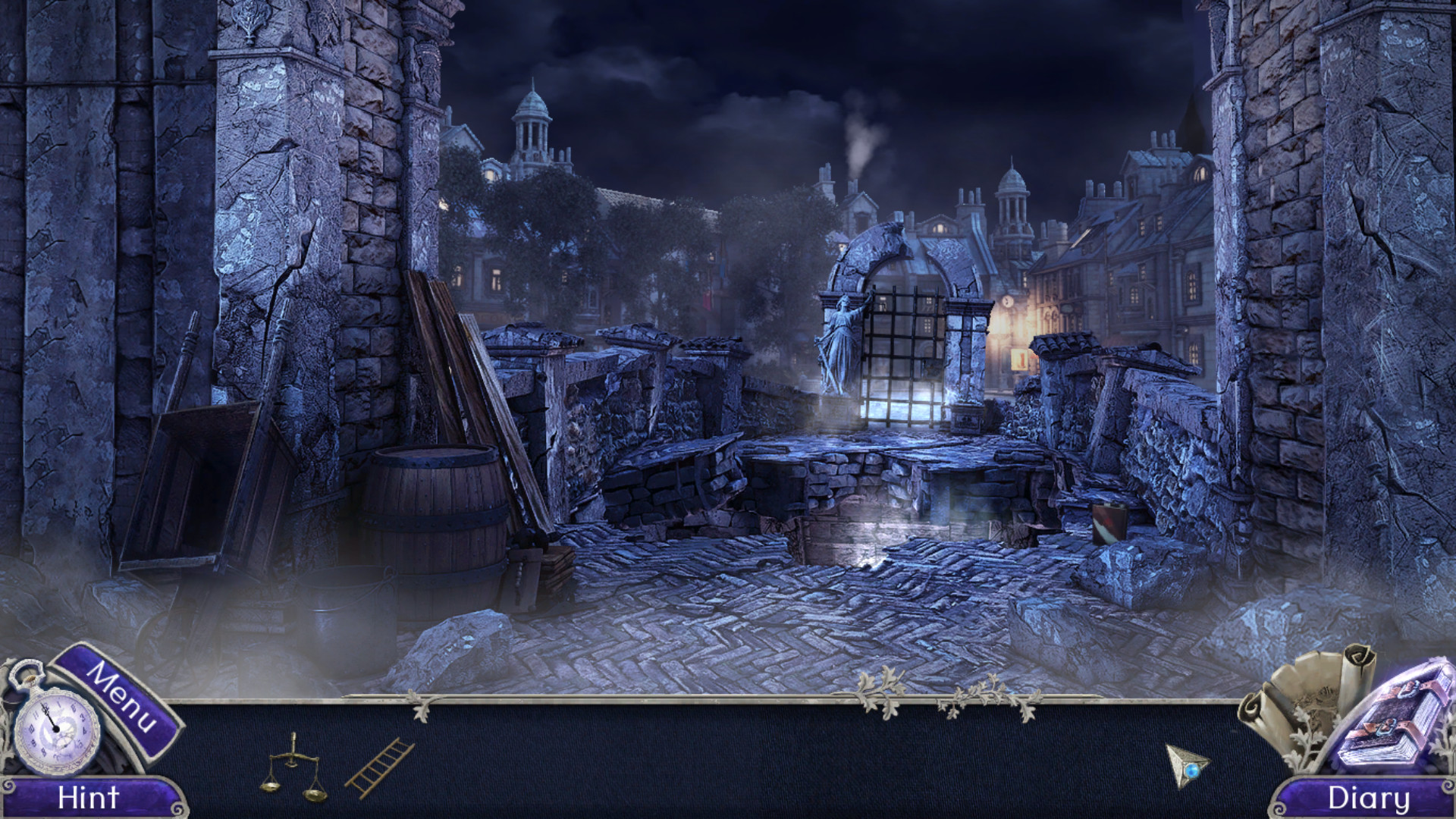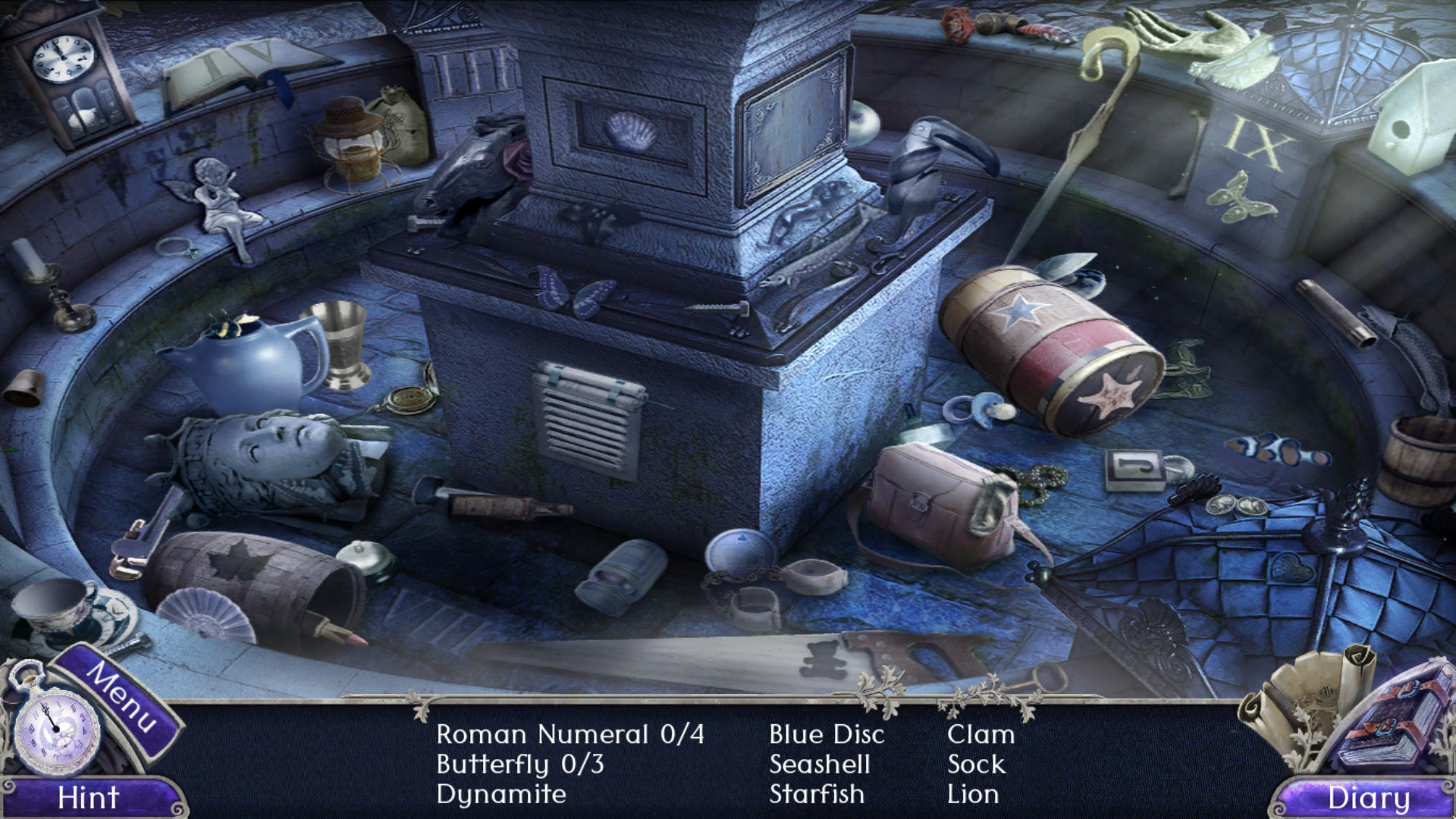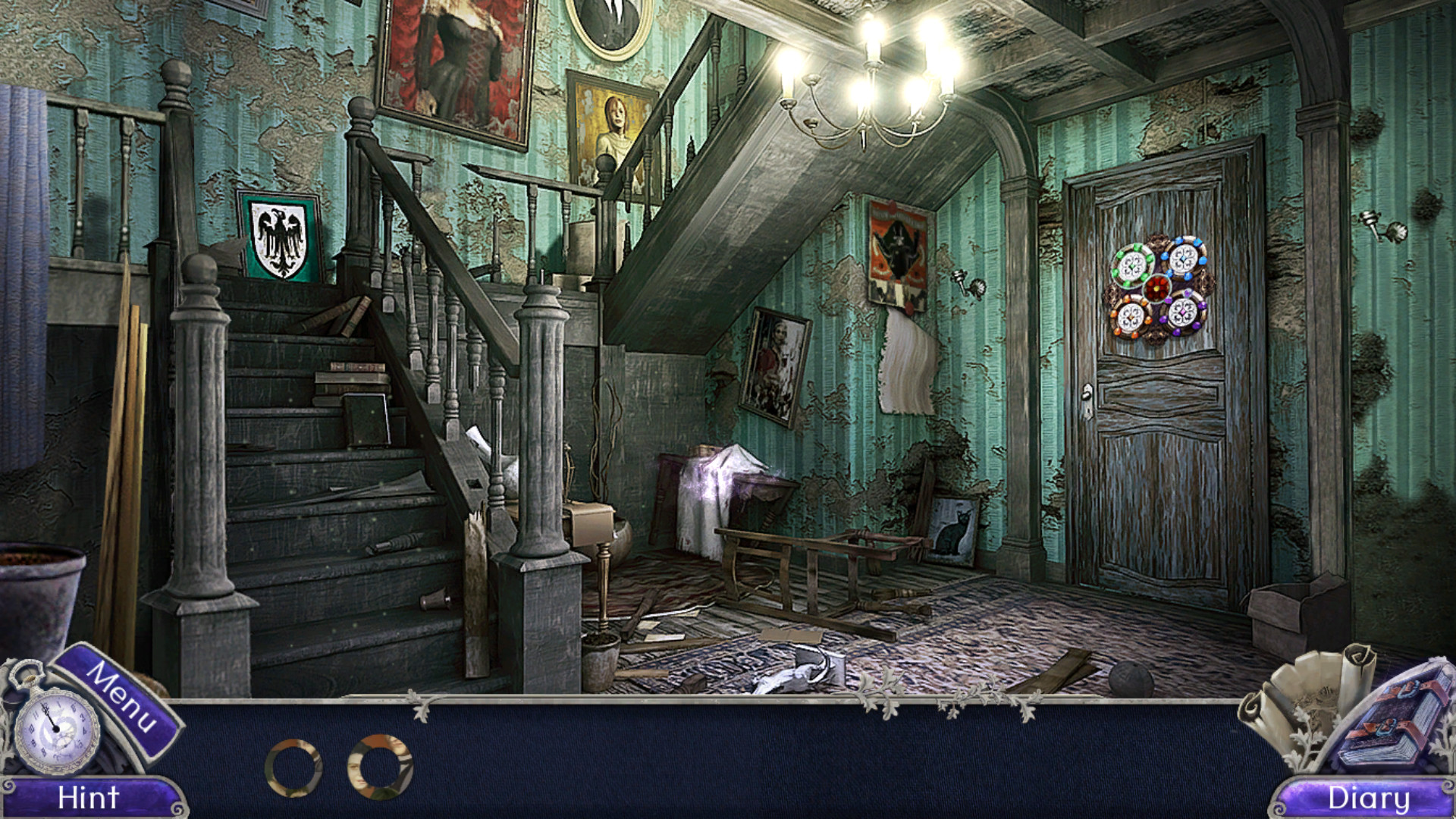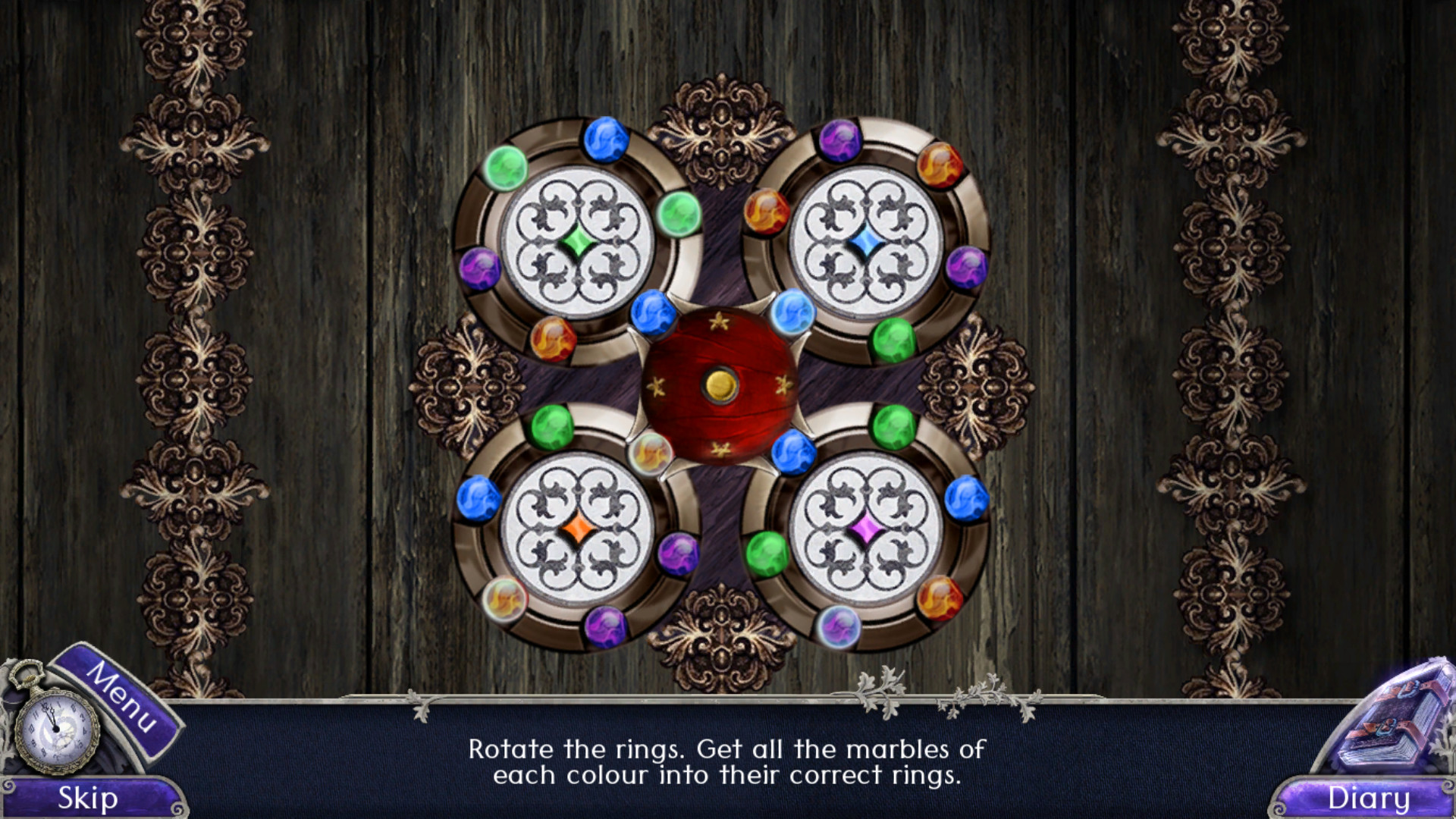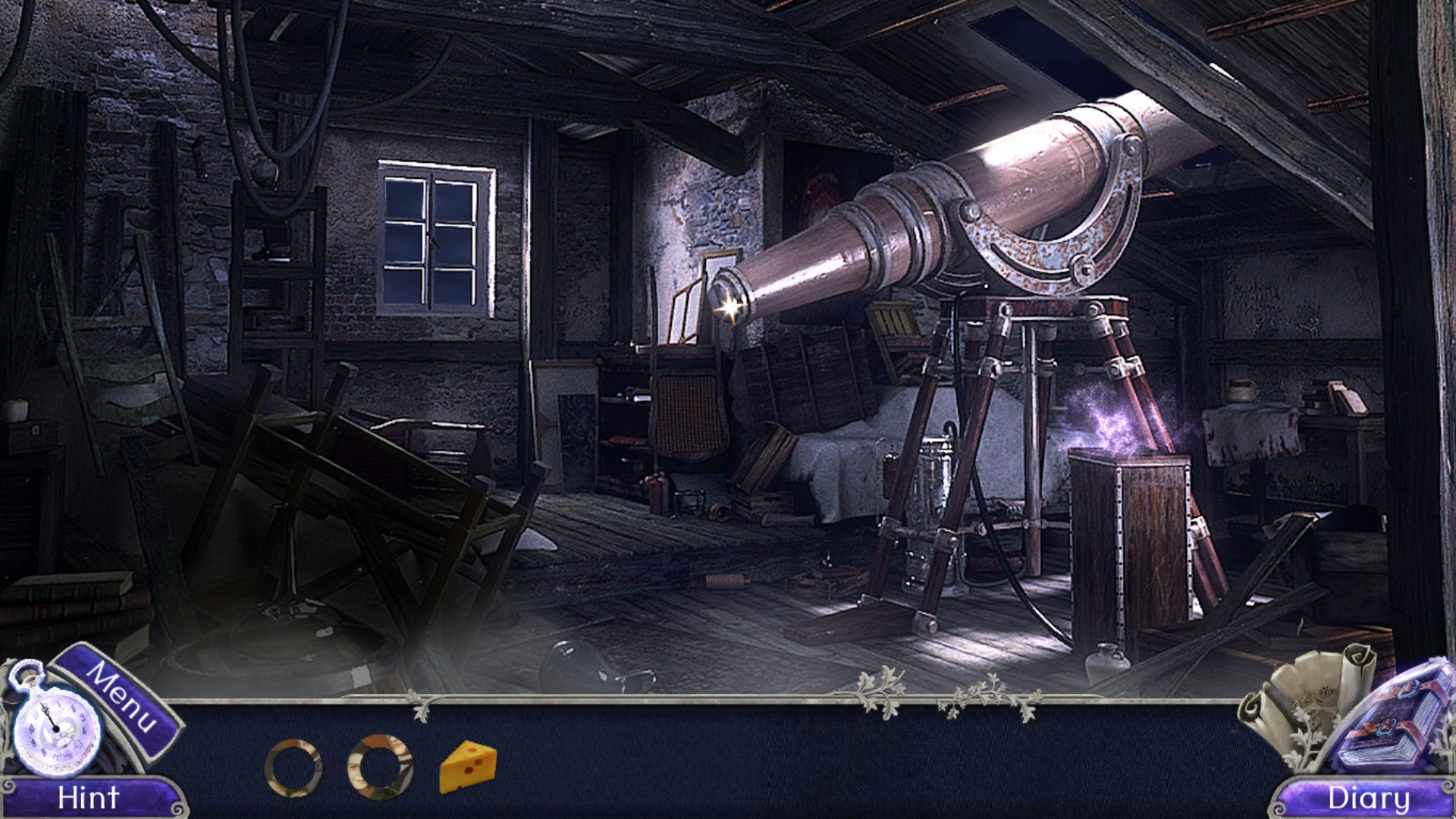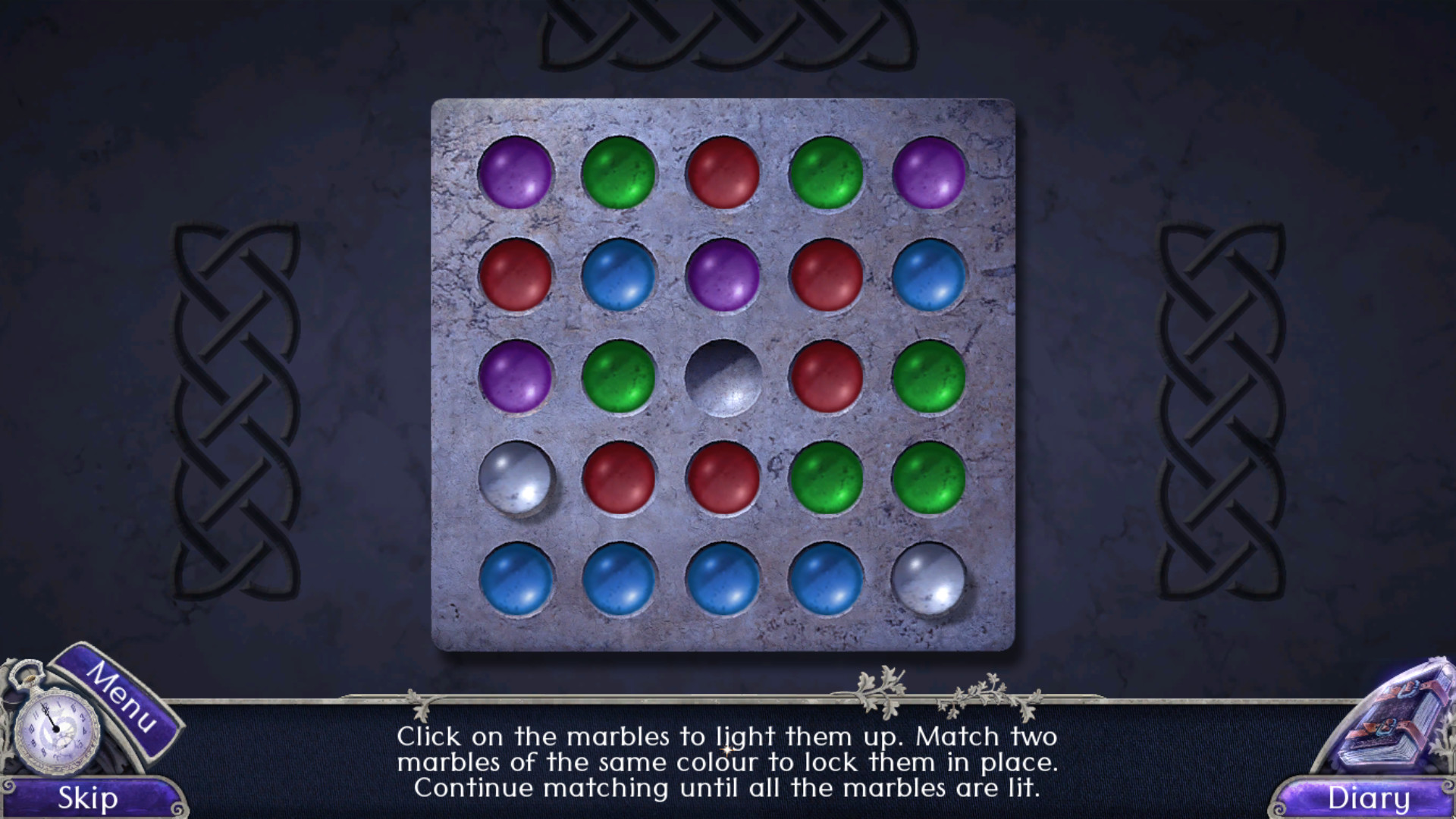Once upon a time, there was a man who went from town to town with songs and poetry, capturing the souls of children. From generation to generation, the tale was told. But every fairy tale has its true bitter beginning. Now a new evil has visited the town of Arbourshire, and children have been going missing. A mysterious puppet theatre seems to be at the centre of their disappearance. The town is in an uproar! A mob roams the streets and the Brothers Grimm have assigned to you the task of discovering the truth behind the Fairy Tale Mystery! Discover the truth behind the myth and save the children!

features
- Investigate your first case as Brothers Grimm detective!
- Rescue kidnapped children!
- Resolve mysteries hidden in 19 Mini-Games!
- Find clues in 22 Hidden Object Scenes!
- Defeat the soul-stealing Puppeteer!

Irony Curtain: From Matryoshka with Love is a game full of different characters talking to each other. In fact, some puzzles can be solved only by choosing the right dialogue option. Thats why in todays episode of Behind the Irony Curtain wed like to tell you more about the process of creating dialogues in our game.
Writing dialogues is just the beginning of the process. There are over 5471 lines of text in Irony Curtain and every one of them needs to be properly inserted into the game, to make sure all characters say exactly what Game Designer wants, in the exact time and place.

Heres how it looks in Irony Curtain:
1. Every game character usually has more than one dialogue line. One of the ways to operate it is to use logical TRUE/FALSE flags. These flags helps us determine the state of knowledge of a specific character or whether an event of which the character speaks has already taken place.
2. Each dialogue is built in the editor as a separate tree consisting of successive nodes connected with each other by lines defining the order in which the dialogue of the character appears.
3. To be honest, writing dialogues is just filling the form fields. It looks more or less like this:
- Create a new dialogue in the editor and give it a name. Then inform Level Designer about the circumstances in which it should be launched (eg. when Evans checks on the Prisoner);
- Create the first Node (a red dot on the editor screen) and enter the necessary information (into the form on the right side of the screen):

[olist] - Who is talking
- The Dialogue text (or several dialogues if they should be drawn)
- (Optional) The Dialogue text when repeating the talk
- (Optional) If the dialogue happens not on the location but on zoom whose head and on which side should it be displayed
- (Optional) Text display time (its useful when testing the game without recorded Voice Overs which determine the text display time in the finished game)
- Where the text should appear on the screen (e.g. over the character or over the radio speaker)
- (Optional) Actions to be made before or after the dialogue (e.g. acquiring an item or activating a logic flag character X already knows about Y")
[/olist]
- Create another dialogue node and fill it in
- Connect the first node with the second one
- Rinse & Repeat ;)
4. After creating the entire tree for all the dialogues we generate so-called keys. Keys consist of the location number, dialogue name, text position in the tree and the first letter specifying the character.

5. Thanks to this we can assign a specific Key to a Node, and not just the text. All texts with Keys can be saved to a shared Excel sheet with different languages. As a result, the different language versions of the game have the appropriate dialogues.

That is all in this episode of Behind the Irony Curtain. We hope you enjoyed it and don't forget to add Irony Curtain to wishlist!
https://store.steampowered.com/app/866190/Irony_Curtain_From_Matryoshka_with_Love
Minimum Setup
- OS: Ubuntu 12.04 (32/64bit)
- Processor: 1.5 GHzMemory: 512 MB RAM
- Memory: 512 MB RAM
- Graphics: 128 MB VRAM
- Storage: 1 GB available space
Recommended Setup
- OS: Ubuntu 12.04 (32/64bit)
- Processor: 2 GHzMemory: 1 GB RAM
- Graphics: 256 MB VRAM
- Storage: 1 GB available space
[ 6487 ]
[ 2268 ]
[ 1913 ]

